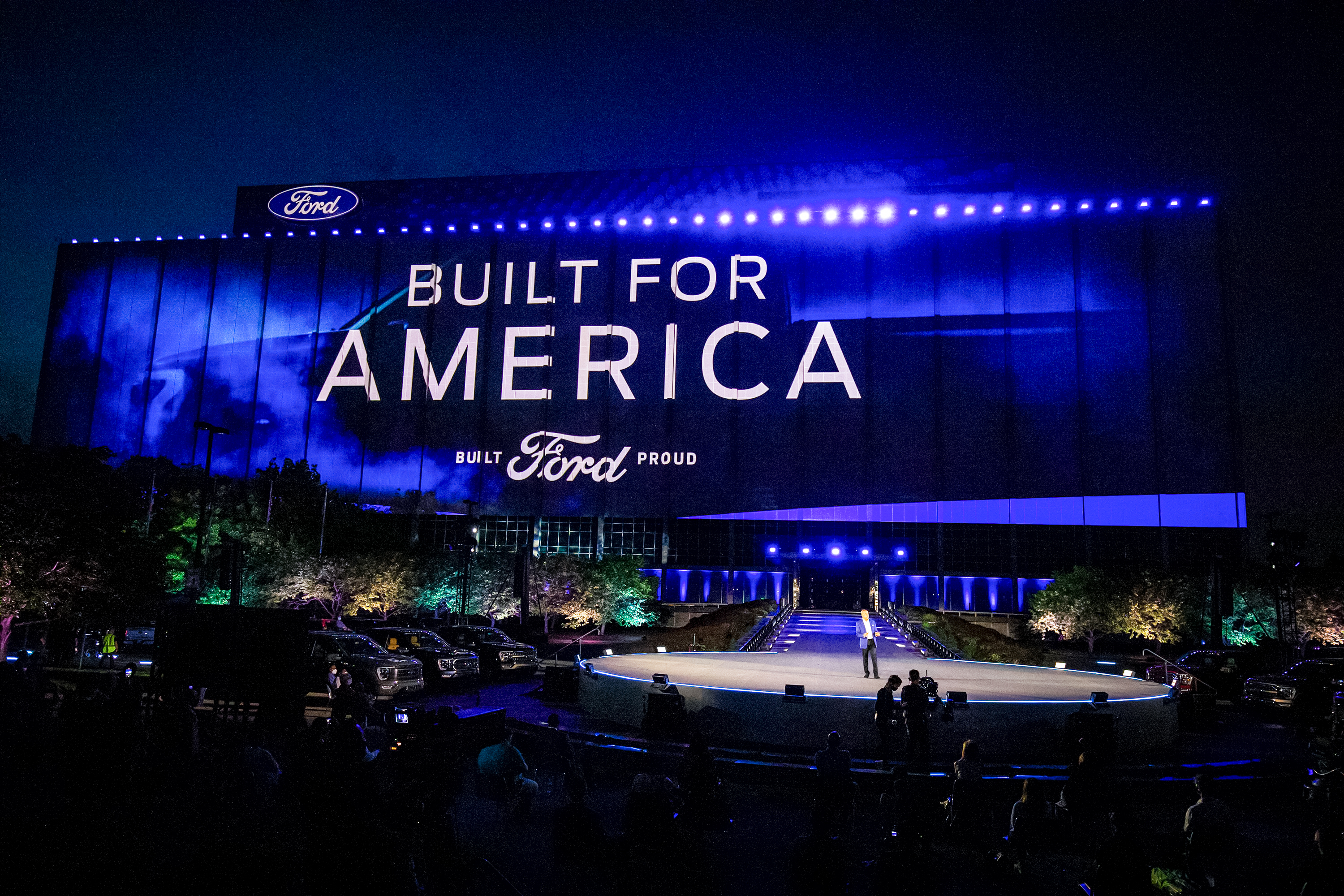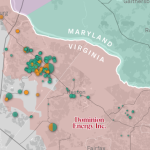China’s Tsinghua University has scored a world first by demonstrating the inherent safety of the first operating commercial pebble-bed nuclear reactor by shutting off the power and letting the passive systems maintain control of the reactor core.
Older nuclear reactors like Pressurized Water Reactors (PWR) suffer from a design drawback where they require positive steps to shut them down in an emergency and safety systems require a power source to run the pumps that circulate coolants. In addition, these coolants can have problems of their own.
This is one of the reasons why the Fukushima disaster in 2011 was worse than it should have been. Not only was the plant an obsolete 1970s design due to be phased out, but it and its three reactors were hit by an earthquake and a tsunami that were far outside their engineering parameters and destroyed the back-up diesel generators. To add insult to injury, the damage and rubble in the surrounding area kept emergency crews from getting to the plant in time to prevent a chemical explosion due to the coolant water breaking down into hydrogen and the reactor cores going into meltdown.
Generation IV reactors like the Shidao Bay Nuclear Power Plant high-temperature gas-cooled (HTGR) pebble-bed reactor in Shidao Bay, Shandong Province, which was constructed by Tsinghua University, China Huaneng Group, and the China National Nuclear Company, are different because their design is intended to be inherently safe. In fact, the engineers confidently declare pebble-bed reactors to be incapable of a meltdown.
Instead of fuel rods cooled by circulating water inside a pressure vessel, a pebble-bed reactor is essentially a big unpressurized hopper filled with spherical pebbles made of layers of enriched uranium fuel, carbon that acts as a moderator, and silicon carbide coating. In addition, the coolant is helium gas, which is chemically neutral and always remains a gas under all temperatures outside the cryogenic realm.
The pebbles can withstand temperatures of up to 1,600 °C (3,000 °F), though the reactor core can’t reach anything above that. The heat from the pebbles causes the helium to circulate naturally when the pumps are turned off and the high surface-to-volume ratio of the pebbles means heat loss exceeds heat generation.
It also helps that the reactor is self-regulating when it comes to the nuclear reaction. When the reactor temperature rises, the atoms in the fuel move faster, creating an effect called Doppler broadening where the neutrons move at different speeds. This means the fuel will absorb more fast neutrons, leaving fewer to sustain the reaction. The higher the temperature, the more the reaction is smothered.
Short version, it can’t melt down.
The system isn’t a new one. It’s based on the German AVR power plant that ran for 21 years and did the same safety test as at the China reactor, except that the former was an experimental reactor, while the one at Shidao Bay is the world’s first commercial pebble-bed reactor. In both tests, the power was shut off while the cores ran and the passive safety features took over.
In the Shidao Bay test, two pebble-bed reactors connected to a 210-MWe steam turbine moderated their own nuclear reactions and safe temperatures were maintained, with the core shutting down in minutes. Both reaction and temperature stabilized in about 35 hours. In addition, there was no deterioration of the nuclear fuel.
The test was documented in Joule.
Source: Tsinghua University











